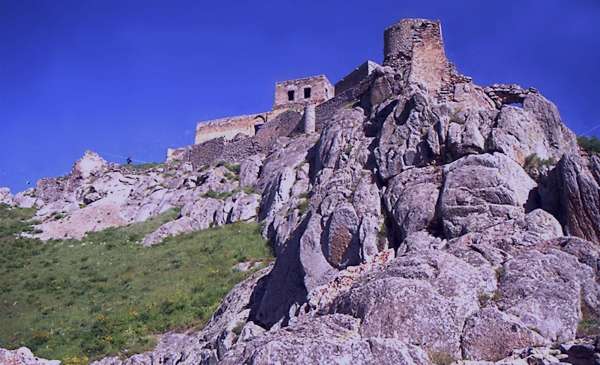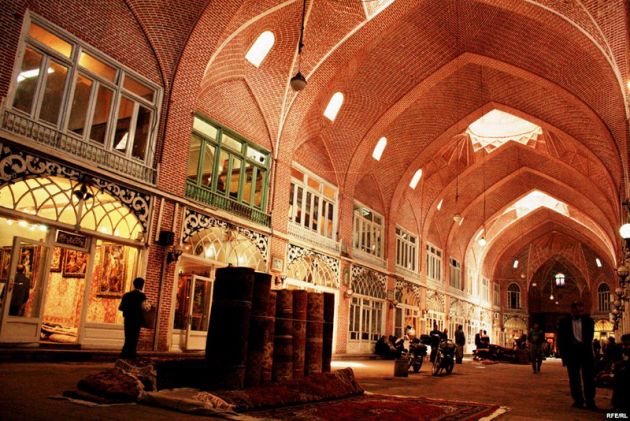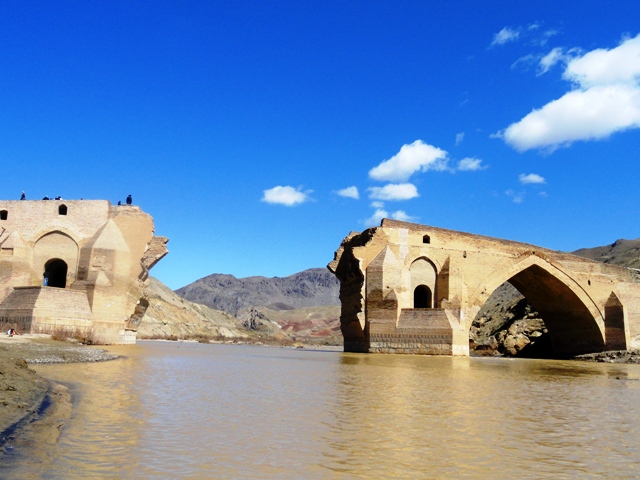
Tourism Information of East Azerbaijan Province
Tabriz is the capital of East Azerbaijan province, in the Azerbaijan region of Iran. It is an ancient city with a history going back about 4,500 years. Archaeologists have found evidence for this in digs near the Blue Mosque.
Understand
Provincial capital of Eastern Azerbaijan, it is 310 km southeast of Bazargan (Iran- Turkey frontier); 159 km south of Jolfa on Iran-Azarbaijan Republic border, and can be reached by good road; rail (742 km from Tehran, with connections to Europe and Moscow), and air from Tehran, Istanbul and other major citi
History
The town has a long and checkered history: Although the early history of Tabriz is shrouded in legend and mystery, the town's origins are believed to date back" to distant antiquity, perhaps even before the Sassanian era (224-651 AD). The oldest stone tablet with a reference to Tabriz is that of Sargon II, the Assyrian King. The tablet referrers to a place called Tauri Castle and Tarmkis. The historians believe that this castle was situated on the site of the present Tabriz. It was the capital of Azarbin the 3rd century AD and again under the Mongol Ilkhanid dynasty (1256-13 53), although for some time Maragheh supplanted it. During the reign of Aqa Khan of the Ilkhanids, as well as under the reign of Ghazan Khan, Tabriz reached the peak of 1 glory and importance. Many great artists and philosophers from allover the world traveled to Tabriz. During this same period 1 Khajeh Rashid od-Din Fazlollah, the i..: learned historian and Minister of Ghazan , Khan, built the famous Rob'e Rashidi center. In 1392, after the end of Mongol rule, the town was sacked by Tamerlane. It was soon restored under the Turkman tribe of r the Qara Qoyunlu, who established a short-lived local dynasty. Under the Safavids it rose from regional to national capital for a short period, but the second of the Safavid kings, Shah Tahmasb, moved the capital to Qazvin because of the vulnerability of Tabriz to Ottoman attacks. The town then went into a period of decline, fought over by the Iranians, Ottomans and Russians and struck by earthquake and disease
Tabriz was the residence of the crown prince under the Qajar kings, themselves of Turkish stock, but the town did not return to prosperity until the second half of the 19th century .The greatest boost to Tabriz came with the opening up of Persia to the West at the turn of this century, when it became the main staging post between the interior of Iran and the Black Sea and, for a short
time, the economic capital. In 1908 it was the center of a revolt against Mohammad Ali Shah, which was only put down with the brutal intervention of the Russians.
In the second Irano-Russian War the city was occupied by the Czar troops. however, it was returned to Iran following the signing of Turkmanchai Treaty, a peace and trade settlement that ended the Irano- Russian War of 1826-1828. The Iranian Constitutional Revolution originated in Tabriz and culminated during the reign of Mohammad Ali Shah of Qajar dynasty (1779-1925). Sat tar Khan and Baqer Khan were the two most prominent leading figures behind the movement. Tabriz was occupied by Russians several times in the first half of this century, including most of both world wars. A railway line to the border at Jolfa, built by the expansionist Russians, was of little importance until recently, but it has increased in significance in the '90s as a result of Iran's friendlier relations with its northern neighbors.
Crafts
Aramaneh Museum
This is one of the most important Armenian Museums of Iran and is situated in Shariyati Avenue of Tabriz. Here there is a collection of valuables such as hand written books, scrolls, commandments, valuable paintings, medals, coins, stones, warfare equipment and vessels made out of silver, copper, porcelain and even glass-ware. Wooden masterpieces and various other valuable objects
Arg Mosque
This great edifice is the remnants of the mosque built in the years 716-724 AH., by the Minister of Soltan Mohammad Khodabandeh and Abu Sa’eid Bahador Khan. In those times it was tile-worked with marble columns and inscriptions. Later on it came down to ruins. In the year 1320 AH. (1941 AD), its courtyard was turned into a public park known as Baq-e-Melli or national garden. To which a few buildings such as official buildings and a hall have been added. But these in recent years have been demolished and the courtyard is now used as a place for Friday prayers in the city of Tabriz.
Clock Tower
Clock Tower, the symbol of Tabriz also known as Tabriz Municipality Palace, was built in 1934 and is located in the center of the city and on the left side of the Blue Mosque. After the 2nd world war, the building was used by the Azaerbaiijan Democrat Party as a government office. When Iranian troops regained control of Tabriz in 1947, the building was used again as the Tabriz municipal central office, and since then this function has not changed.
Blue Mosque
The Blue Mosque (Pers. Masjed-e kabud), also known as Masjed-e Mo?affariya, was built during the rule of the Qar? Qoyunlu dynasty (1351-1469) and completed in 1465. The only major Qar? Qoyunlu structure still standing in the dynasty’s capital, it illustrates the artistic brilliance of Turkman Tabriz. The extant tile work documents artistic connections with contemporary architecture in Timurid Khorasan and in the Ottoman Empire.
Tabriz, Kandovan Village
The village of Kandovan is located 19 km.south of Osku in east Azerbaijan; its houses are hewn out of volcanic caves. The physical structure of the village looks like images from fairy tales. Natural cones, scattered over a vast area, serve as human dwellings on rock formations which themselves seem to have been the work of certain artisans. On getting nearer to the dwellings, the visitor finds out that large families are living inside two or three of these hollow interconnected cones with features such as openings on their surface playing the role of actual windows.
Atash Neshani Tower
It is one of the oldest towers in the city, which dates back to about 100 years ago. Its structure has architectural value.
EilGoli Edifice
The former Shah Goli or the present Eil Goli (the Shah’s pool) is one of the recreational areas of Tabriz and Iran located to the north east of Tabriz. The initial date of construction is not specified but this edifice has been repaired in the year 1970 according to the former
Shoara Tomb
Aqbaratol Shoara is to the east of the mausoleum of Seyed Hamzeh. This is where famous personalities such as scholars (both in the field of literature and art) are laid to rest. Such as Homam Tabrizy, Khaqani Shirvani, Asadi-e-Toosi, Abol Alla Falaki, Zahirudin Faryabi, Anvari Abiverdi, Qatran Tabrizy, Sheikh Mohammad Khiyabani, Seqatol Islam, and the contemporary famous poet of Iran, Ostad Mohammad Hossein Shahriyar
. Babak Castle (Kalibar)
This castle is located 5 km. southwest of Kalibar, at 2,600 m. above sea level. Surrounding the castle are valleys and only access to this structure is through a narrow track. It was from this castle that Babak Khorram Din and his followers fought against the Arabs for 22 years. Historical evidences show that this castle was the center of rule in the 6th and 7th century AH., of the territory. This castle has been repaired by The Cultural Heritage Organization of Iran.
Tabriz Bazaar
This historical site developed along the caravan routes of antiquity and thrived as a commercial and social centre linking the Persian empire to Europe and China. Iranian conservationists say local merchants, townspeople and the religious classhave played a significant role in its dynamics, even as the government influence has steadily grown over the decades
Dokhtar Bridge (Miyaneh)
This bridge was constructed on the Qezel Ozan River 20 km. southeast of Mianeh. In the year 1946 in order to prevent the army entering into Azarbayjan, the bridge was covered with mines by the Democrats (Communists) of Aazarbayjan
Eat
Kabab(or Kebab), rice, Abgousht (Meat broth) some restaurants serve them all, but if you step inside a more modest Tchelowkebabi, odds are you won't have much choice apart from the traditional rice and kebab. But still you can finid some resturants which serve all, for instance there is a historical bath in tabriz which now has became a traditional resturant and it serves both Abgousht, Kufteh, and other foods. Kufteh Tabrizi (Meat ball) Tabrizians most popular food; very delicious.
Confectioneries and Dried Nuts there are lots of confectioneries which are speacially for tabriz Qurabiya is one of the most delicious and famous ones, there are other confectioneries such as Nuga(or Nuqa), others like Ris, there are also lots of other kinds of confectioneries, you may name Tabriz as the capital city for eating! Nuts just one thing: you don't wanna miss them, although they are a bit expensive but it's worth, they're very delicious. you can enjoy Tabriz so much, if you have a guide it will help you out to find and go to lots of monuments and also to save up lots of money, because they know how to and where to buy things to be affordable so the money you pay for your guide makes you enjoy, it depends on your luck if you find a good guide or not, but you can ask for it from tourist information
Sleep
Recently Hotels and Guest Houses (Mosaferkhaneh) have to offer a same tariff for nationals and foreigners. In case of doubt, ask a local to compares your price by the one written on price board in Persian. Main place for regular Guest Houses in Tabriz is Ferdowsi Street and Amin Street. For Japanese Darya Guest House is more friendly. Some richer Turks often go Darya Hotel in Rah-Ahan Street, otherwise one of those in Ferdowsi Street. From best to worst:
Tabriz Shah-Goli PARS Hotel,
Shahriyar Hotel
Hotel International
Hotel Azarbaijan,
Mashad Guest House,
Pars Guest House
Ark Hotel
Meshginshahr Suspension Bridge, the Tallest in the Middle East If you are going to Ardabil in the northwestern Iran, don’t miss out on cossing over the tallest suspension bridge in Middle East. Standing at a height of 80 m over the valley of Khiav River, near Meshginshahr, I has a picturesque view of the slopes of Mount Sabalan, with a length of 365 m. This pedestrian suspension bridge is the tallest of its kind in Middle East. The length and the height of this bridge in such a mountainous location attracts many travelers from around Iran and other countries. To add more to the adventure, one can easily have a view of the Mount Sabalan summit while standing over a deep valley!
Meshginshahr is popular for its beautiful nature and some historical monuments, such as the tomb of Shaykh Haydar, the leader of Safavids during 1460-1488. There are also a number of hot springs in the region which can be considered as a future international spa destination. The city has a population of 65,000 and it is around 100 km to the north west of Ardabil or180 km to the north east of Tabriz. Meshginshahr jungle park is one of the natural attractions of the city worth visiting. The suspension bridge connects to sides of the valley of the Khiavchai River, in this jungle park. Travelers can find a variety of facilities such as, restaurants, sports and accommodations in the park and near the suspension bridge. The best time to visit this bridge and make the most out of the weather is summer and late spring, however, those who enjoy seeing the mountains and the landscape all covered in snow, should definitely go to this suspension bridge in winter!
Meshginshahr Suspension Bridge
Museums
View More






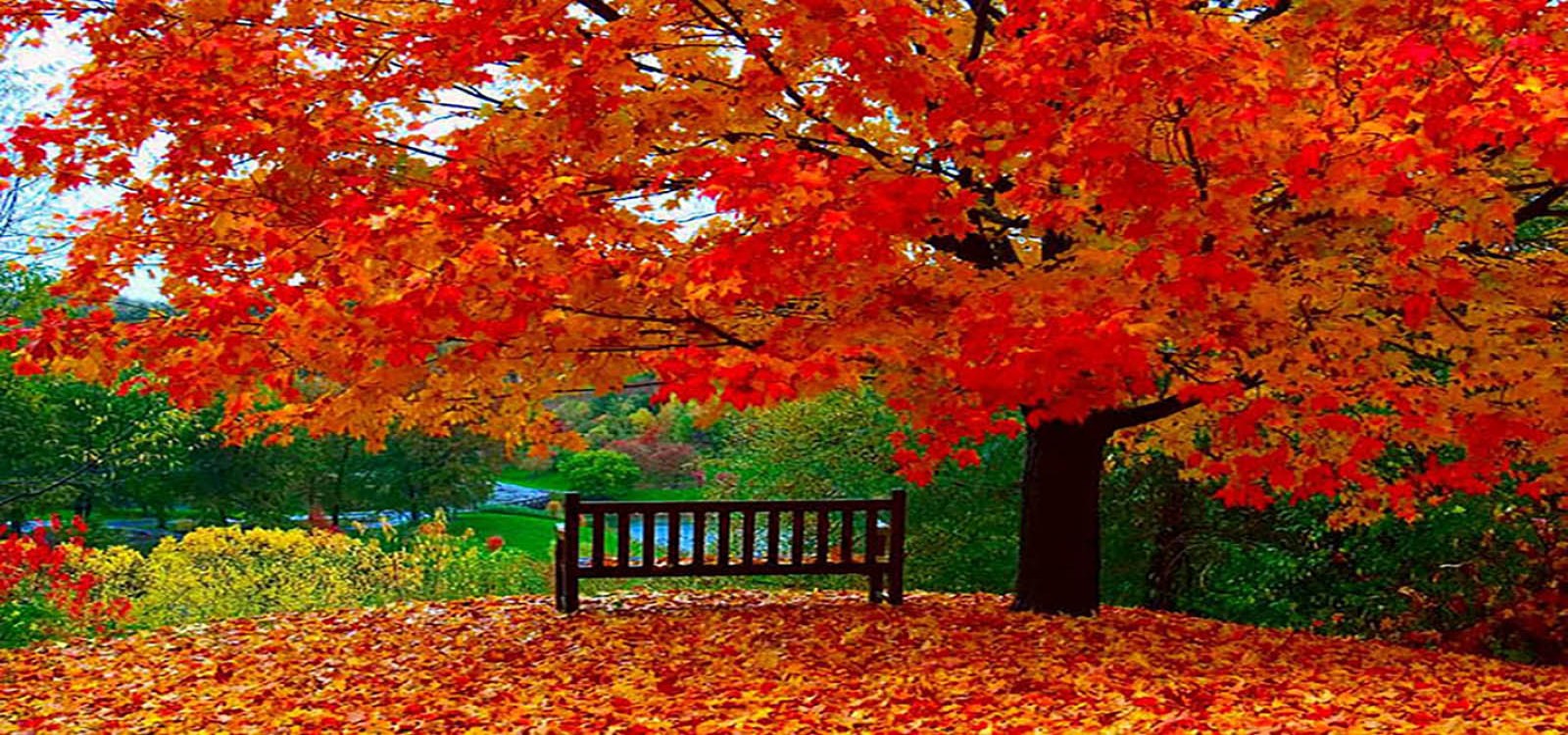







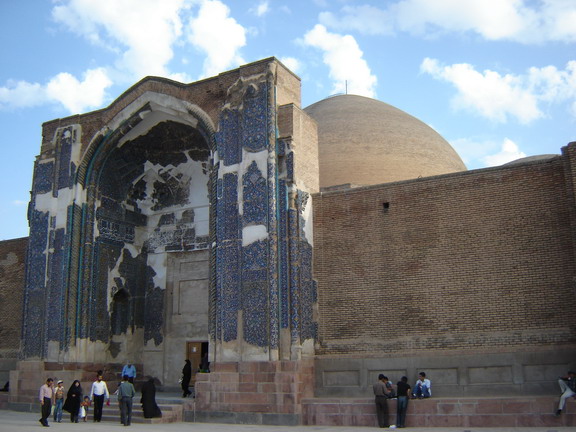




-1393496848.jpg)
